During those days of fire and smoke, from the Dien Bien Phu Campaign Command Headquarters in Muong Phang commune, General Vo Nguyen Giap and his generals directed the attacks to gradually completely destroy the "invincible fortress" of the French colonialists, smash the Nava plan, and open a new page in history for the Vietnamese revolution.

After a long journey through the Northwestern and Northeastern provinces following the footsteps of the frontline workers and Dien Bien soldiers in the past, the Lao Cai Newspaper delegation arrived in Dien Bien Phu city. These days, Dien Bien Phu city is resplendent with flags and flowers, with tens of thousands of people from all over the country and foreign tourists flocking here amid the jubilant atmosphere celebrating the 70th anniversary of Dien Bien Phu Victory.
To better understand the Dien Bien Phu Victory - the golden mark of the Vietnamese revolution, we traveled 30 km from the center of Dien Bien Phu city to Muong Phang commune, where the Dien Bien Phu Campaign Command was located exactly 70 years ago. The road to Muong Phang this season is surrounded by lush green trees and leaves, with forests of bauhinia and bauhinia flowers blooming on both sides of the road, making everyone's mood more excited and joyful.

From the headquarters of the Muong Phang Commune People's Committee, Mr. Cam Van Dung, Vice Chairman of the Commune People's Council, led the delegation to visit the forest where the Dien Bien Phu Campaign Command Center was located in the past. Although it was almost noon, the sun was hot and the atmosphere was quite hot, thousands of tourists including locals and veterans were present here on their journey back to the revolutionary red address.
More than 70 years ago, in preparation for the Dien Bien Phu Campaign, General Vo Nguyen Giap chose the primeval forest at the foot of Pu Don Mountain, in Muong Phang Commune, Dien Bien District, Dien Bien Province, as the location for the Campaign Command. Although this forest is only about 30 km from the French colonial stronghold of Dien Bien Phu, it is extremely secretive because it lies under an ancient forest, nestled in the middle of a vast wilderness with almost no houses. In particular, from the Command Headquarters, climbing up to the top of Pu Huot Mountain at an altitude of about 1,700 m above sea level, one can observe the entire Muong Thanh valley with the strongholds: Him Lam Hill, Doc Lap, D1, C1, A1, Muong Thanh Bridge and De-Cas tunnel.

We followed the stream of people on the small path into the forest, the hot sun seemed to disappear, replaced by a fresh, cool atmosphere. Over the past 70 years, the forest has been preserved by the local people in its original state with tall, ancient trees spreading out their green canopies.
Passing the small guard station is the residence and workplace of Commander-in-Chief Vo Nguyen Giap; Deputy Chief of the General Staff of the Vietnam People's Army, Chief of Staff of the Campaign Hoang Van Thai; Military Advisor Vi Quoc Thanh; Head of the Campaign Information Department Hoang Dao Thuy... In the difficult conditions of that day, the working huts of the troops, soldiers, and even General Vo Nguyen Giap were all very simple, made of bamboo poles, wood, bamboo walls, and simple thatched roofs.

The most solid structure of the Command Center was the bomb shelter that went through the mountain, connecting the workplace of General Vo Nguyen Giap with the workplace of the Chief of Staff of the Campaign Hoang Van Thai. This tunnel was built within 1 month, 1.7 m high, 69 m long. In the middle of the tunnel was a meeting room 18 m 2 wide, with an air vent leading to the top of the hill.

Along the tunnel, 5 niches were designed to place communication machines. Of which, 1 machine was to connect with the Politburo, the Party Central Committee, and President Ho, the remaining 4 machines were to connect with the fighting divisions at the Dien Bien Phu front. From here, the Dien Bien Phu Campaign Command issued decisive attack instructions and orders, destroying the impregnable stronghold of the French colonialists, creating the Dien Bien Phu Victory that "resounded throughout the five continents and shook the world".

Mr. Cam Van Dung, Vice Chairman of the People's Council of Muong Phang commune, introduced further: Along with the above works, General Vo Nguyen Giap also ordered the construction of a large hut at the Campaign Command Headquarters as a conference hall. Here, on February 7, 1954, General Vo Nguyen Giap held an important conference to thoroughly grasp the new combat strategy and prepare for the battle to completely destroy the Dien Bien Phu stronghold. The Campaign Command Headquarters also had a hut for telegraph operators, a telephone exchange bunker, a working hut for the Information Department, a combat house where the Command Headquarters met daily, and a kitchen where Hoang Cam cooked rice without smoke to avoid detection by enemy aircraft...

Over the past 7 decades, the relics of the Dien Bien Phu Campaign Headquarters have been preserved, conserved, and restored, helping future generations better understand the difficulties and hardships of our army and the spirit of overcoming all difficulties in the deep forests and mountains to gain victory in the resistance war against the French. The local people still affectionately call the forest where the Dien Bien Phu Campaign Headquarters was located “the General’s Forest”.

Among the crowds of people visiting the relic site, I met Mr. Nguyen Duc Son, a veteran over 70 years old, living in Soc Son district, Hanoi city. Mr. Son was moved: Exactly 70 years ago, my father, Mr. Nguyen Duc Sau, directly participated in the battle at Hill A1 and was injured. After 7 times on the operating table, my father had to amputate his left leg. Now my father is 97 years old, unable to return to visit the old battlefield, but he still misses his comrades and reminds his children and grandchildren to return to the place where he fought in the past. I am very proud because my father was a heroic Dien Bien soldier.

Visiting the relic site on the occasion of the 70th anniversary of the Dien Bien Phu Victory, Jean, a tourist from France, shared: As a French person, I have long heard about the resistance war to protect the independence of the Vietnamese people. Coming here, I really admire the talent of General Vo Nguyen Giap and the Vietnamese soldiers and troops in difficult fighting conditions, lacking basic weapons, eating in the mountains and sleeping in the jungle, but 70 years ago, they made the glorious Dien Bien Phu Victory, forcing General De Castries to surrender, making the whole world admire.

Returning to Muong Phang – the “brain” of the Dien Bien Phu Campaign during the historic days of May, the Lao Cai Newspaper delegation had the opportunity to visit the villages of the ethnic minorities here. Muong Phang commune was formerly part of Dien Bien district, then in August 2019 was merged into Dien Bien Phu city.

Talking to us, Mr. Pham Quang Don, Secretary of the Party Committee of Muong Phang commune, informed: Muong Phang is a purely agricultural commune with 20 villages, mainly inhabited by Thai ethnic people (accounting for 74%), the rest are Mong ethnic people. Previously, Muong Phang still had many difficulties, by 2015, the poverty rate of the commune had decreased to nearly 20%.
Over the years, the Party Committee, government and people of all ethnic groups in Muong Phang commune have made constant efforts, made efforts, and united to develop the economy, focusing on poverty reduction. Thanks to that, by 2018, the commune had met the new rural standards and is striving to build an advanced new rural commune. The encouraging thing is that the lives of the people of Muong Phang are increasingly prosperous. In 2023 alone, the commune eliminated 26 poor and near-poor households, leaving only 7 poor and near-poor households. Food output reached 2,800 tons/year; the rate of people participating in health insurance reached 85%; 5/5 schools met national standards.

Coming to Muong Phang, what impressed us the most was visiting the Thai ethnic minority villages with traditional stilt houses lying peacefully next to green fields, behind them is a deep green forest. Today, next to the stilt house in Che Can village, Lo Van Duc's family welcomed groups of veterans from the capital Hanoi to visit. Since 2018, his small house, named Phuong Duc homestay, has become a familiar place for visitors from near and far to stay when coming to the village.
Mr. Lo Van Duc poured a cup of fragrant wine, his voice excited: The Thai people in Muong Phang are always proud that their homeland was chosen by General Vo Nguyen Giap more than 70 years ago to be the location of the Dien Bien Phu Campaign Command Headquarters. In the past, the people actively supported the revolution and sheltered cadres. The old forests were also a place to shelter our troops.
Nowadays, people always tell each other to preserve the forests as their own flesh and blood because it is the place that marks many memories of the nation's resistance war against the French, and is the "green lung" of the village. Today, the people of Che Can village are even more excited to build their village into a community tourism village rich in identity, contributing to promoting the beauty of their homeland and helping them earn more income.

Having said that, Mr. Duc introduced to the delegation local specialties such as wild honey, Cham Cheo, dried buffalo meat, grilled fish, medicinal herbs and precious medicines taken from the forest. In addition, there were also products from the traditional blacksmithing craft of Long Hay and Long Luong villages; brocade products of the Thai people in Phang and Che Can villages; intangible cultural heritages such as folk songs, folk dances, and Thai xoe dances with rich identity...
Saying goodbye to Muong Phang land, the image of General Vo Nguyen Giap, the "big brother" of the Vietnam People's Army, working in a simple grass hut in the middle of the ancient forest at the foot of Pu Luong mountain is still imprinted in each of our hearts with unforgettable emotions.
Source


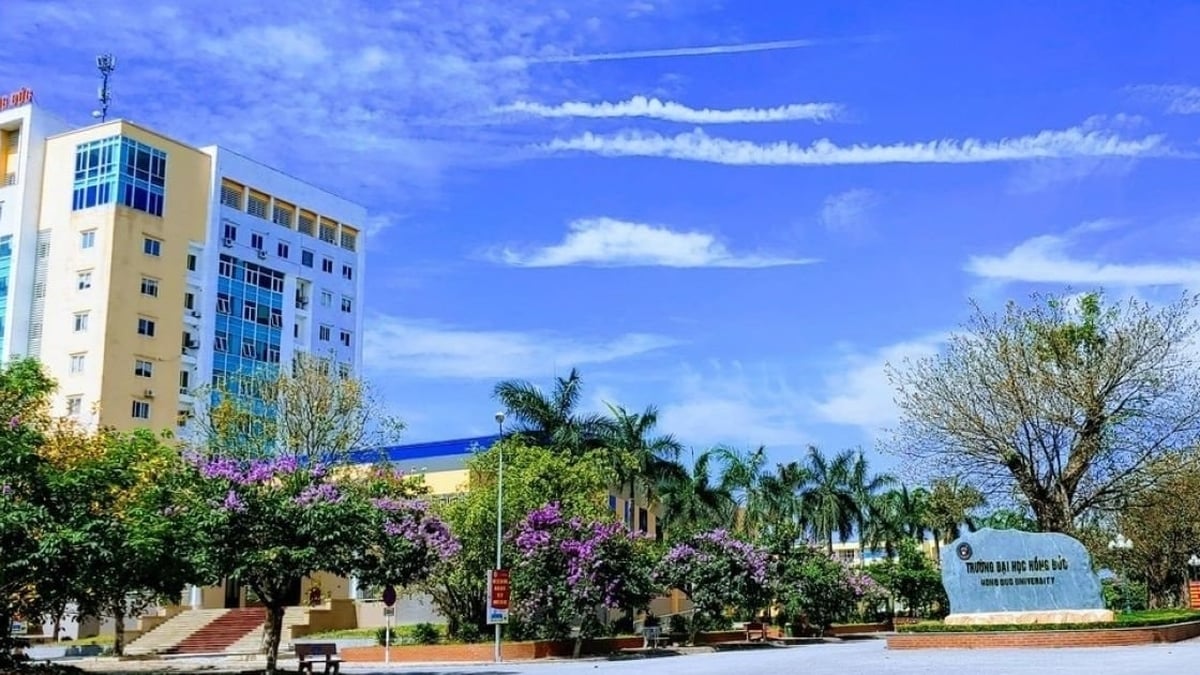
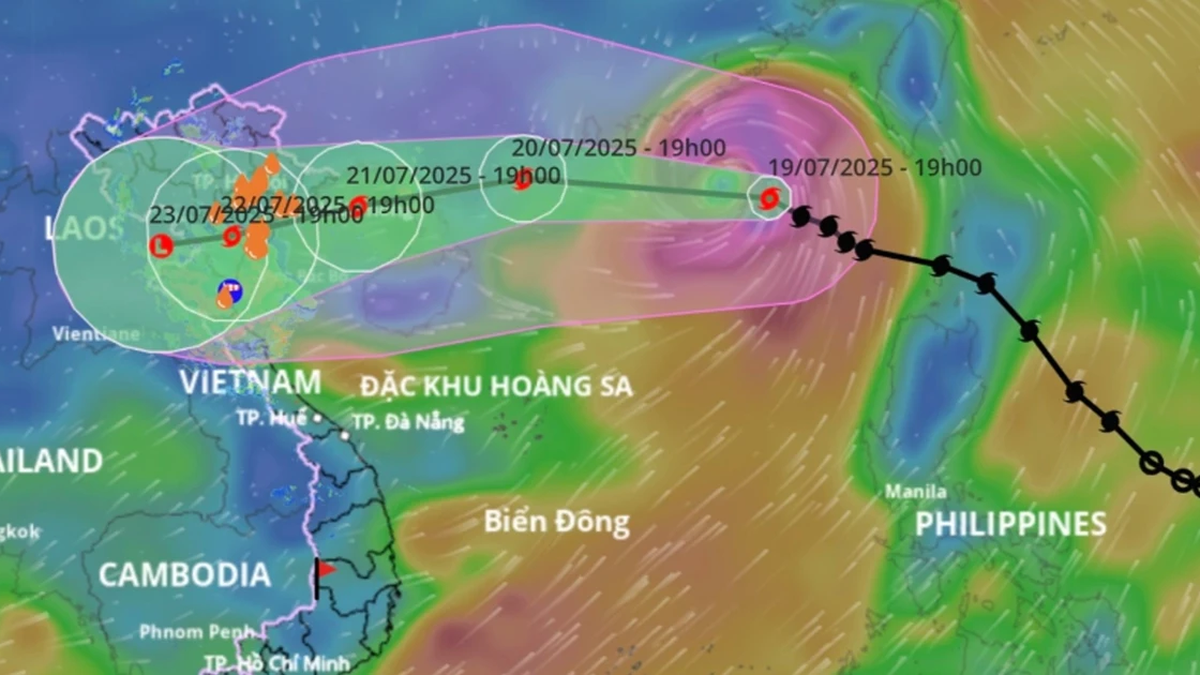
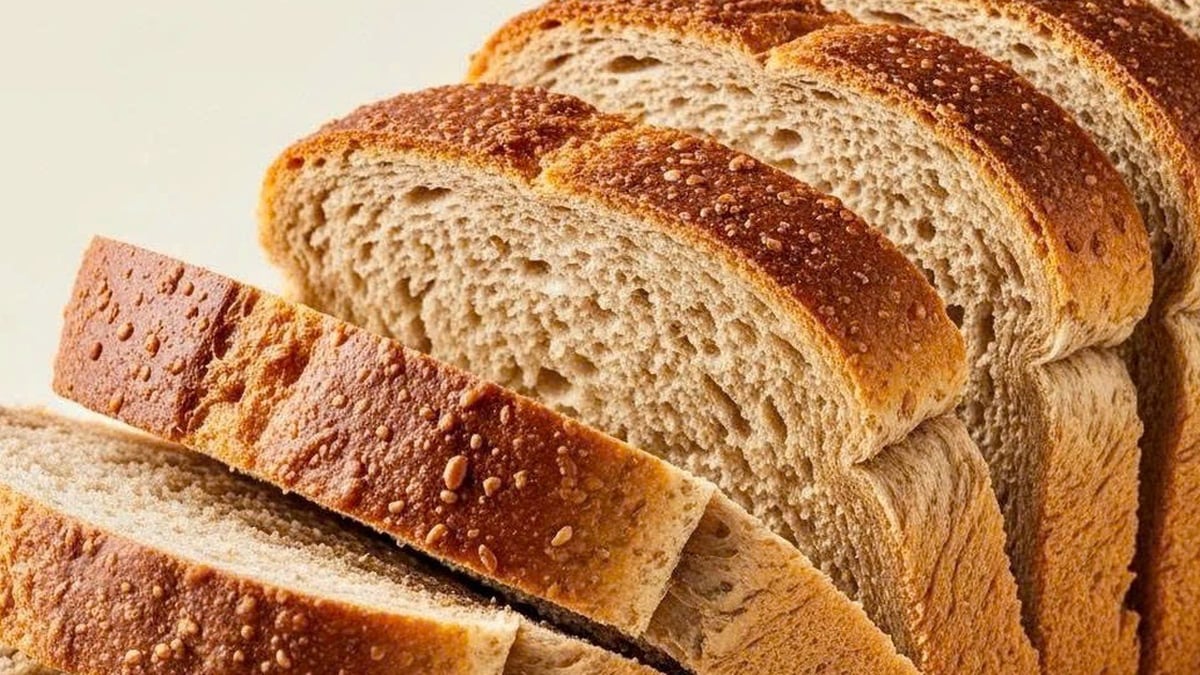
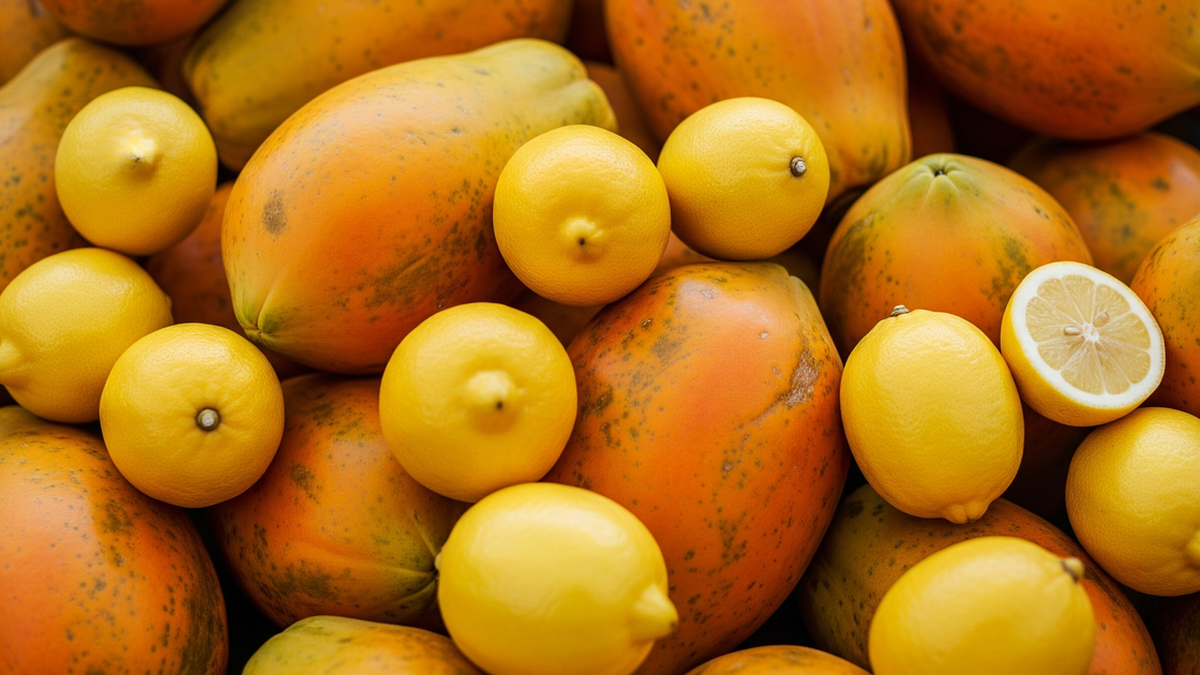

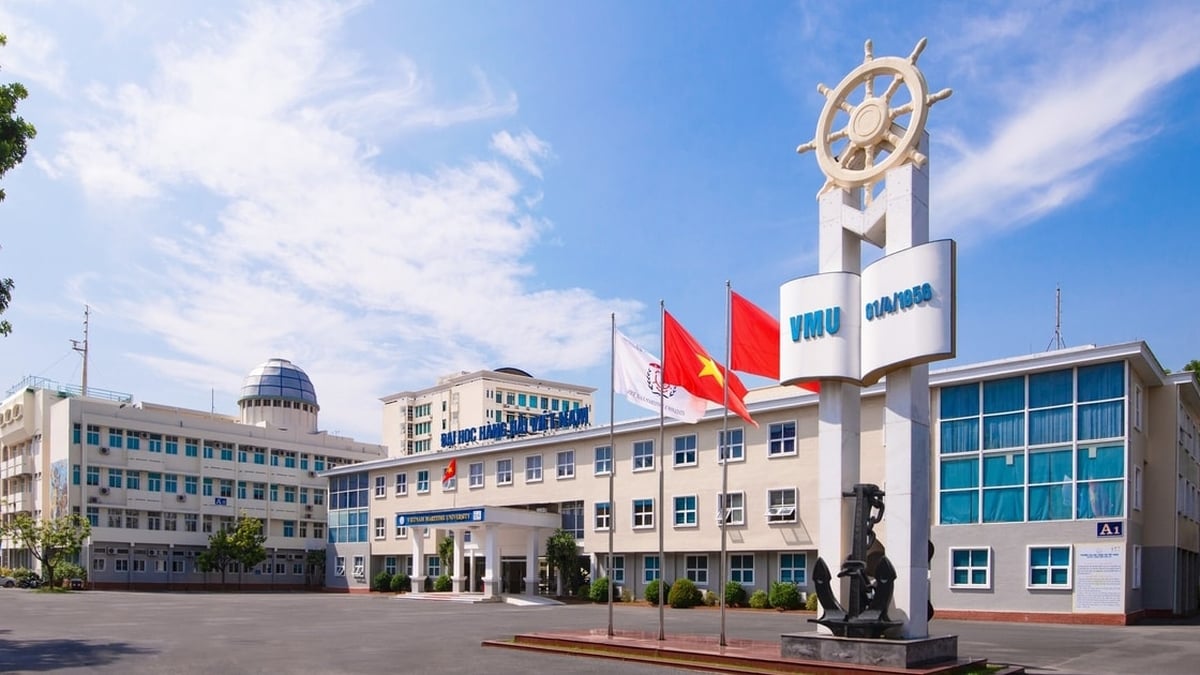
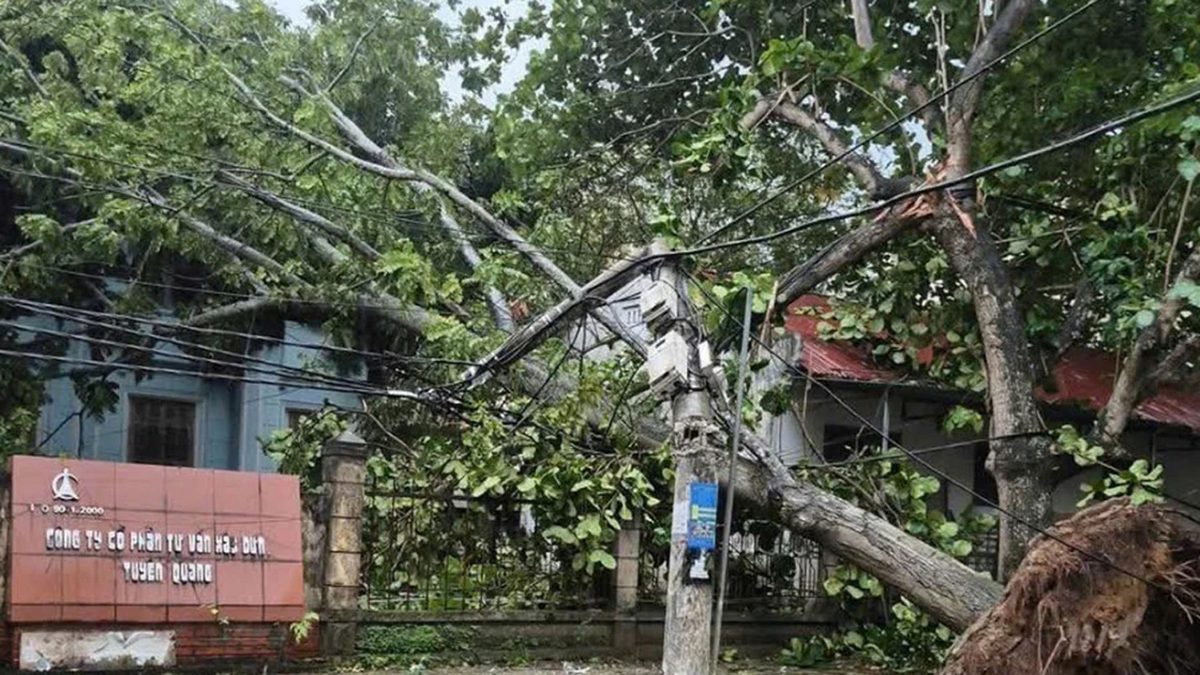
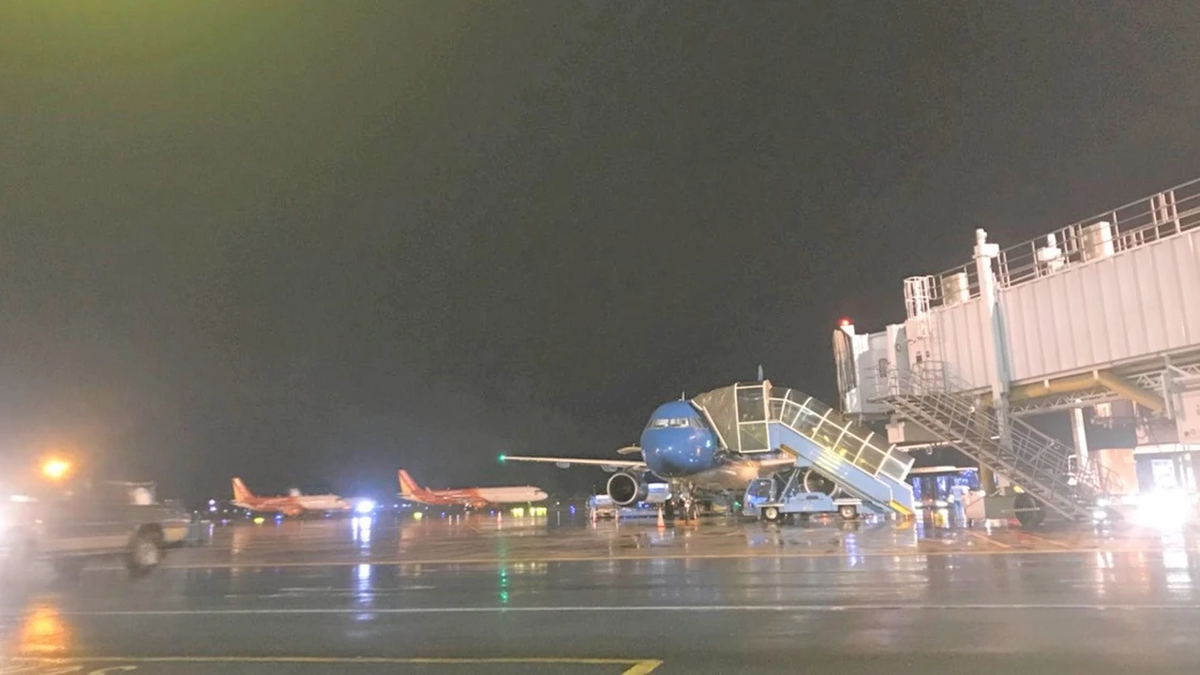
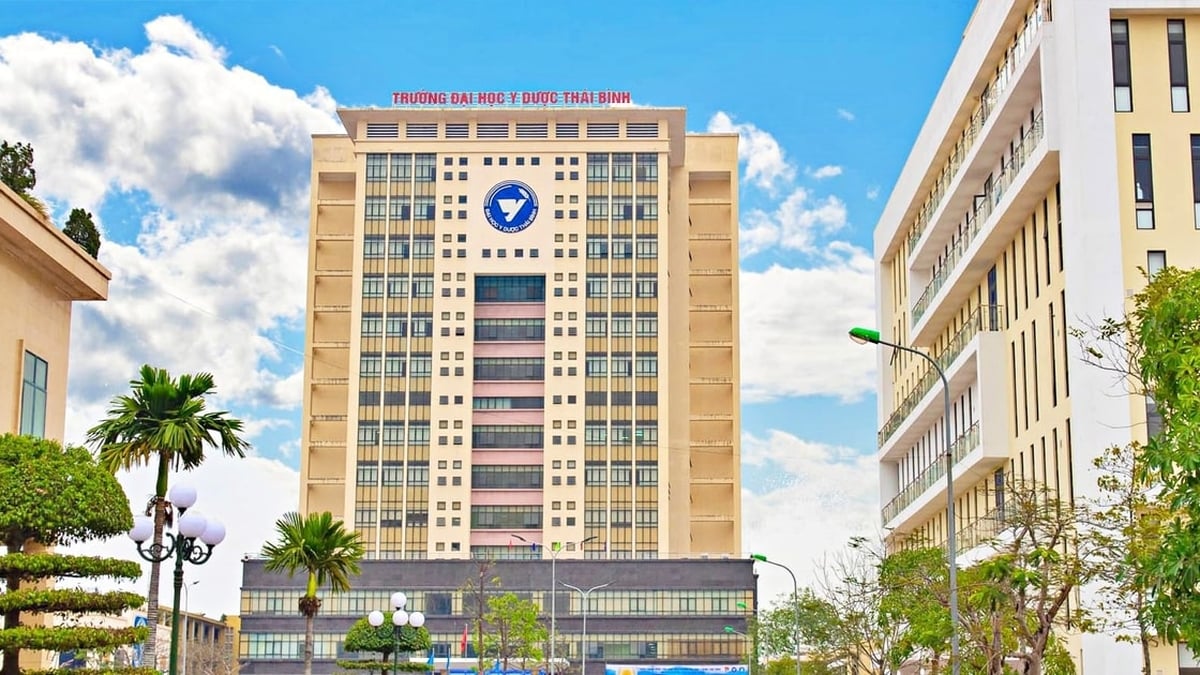






















































































Comment (0)